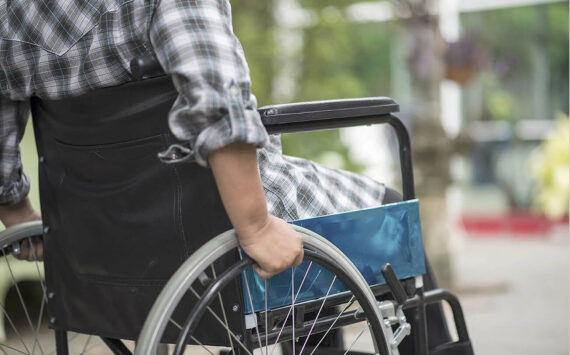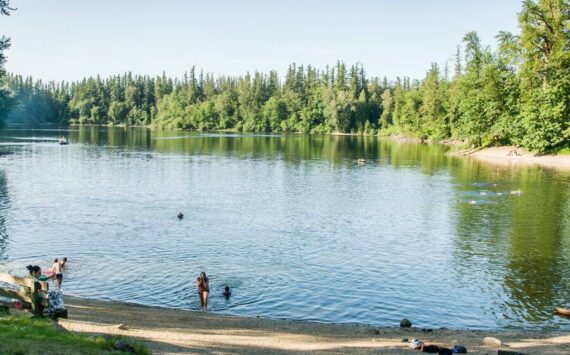The welcome sign is out for worms, shrimp and other small marine creatures that burrow in Commencement Bay sediments. Tacoma has completed a rocky shore habitat along the Middle Waterway peninsula as part of its $90 million cleanup of the Thea Foss and Wheeler-Osgood waterways.
The Superfund cleanup, which began in August and is expected to be complete by the end of 2005, calls for dredging contaminated sediments from the Thea Foss and Wheeler-Osgood waterways during the next two years.
City contractors will dredge much of those contaminated sediments hydraulically-somewhat like vacuuming-from the waterways through a pipeline directly to a disposal site in the St. Paul Waterway, where they will be confined by a thick layer of clean sediment.
To replace aquatic habitat taken by the disposal site in the St. Paul Waterway, the city is building about 12 acres of new intertidal habitat elsewhere in Commencement Bay. The .67-acre sliver of rock-and-gravel beach on the Middle Waterway peninsula is the first to be completed. Other habitat areas planned for the St. Paul, Thea Foss and Middle waterway peninsulas as well as a side channel along the Puyallup River will be completed during the next two years.
To build the habitat, city contractors removed almost 80 tons of creosote-soaked pilings and 150 tons of concrete rubble. They recontoured the shoreline and spread more than 4,700 tons of sand, gravel and rock to provide natural hiding places for burrowing worms, shrimp, sand fleas and other small native creatures that fish, including salmon, eat.




